What is System on Chip (SoC)?
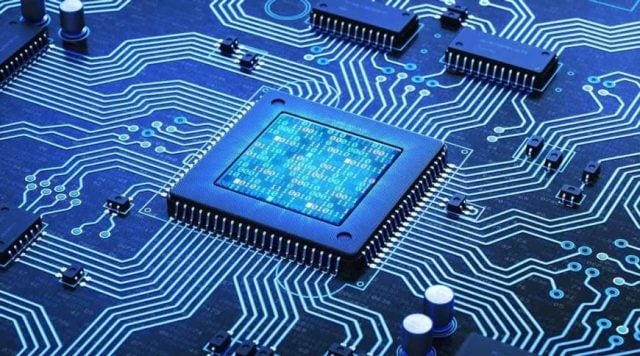
There are countless different terms in the technology world. Although we rarely hear about some of these, some of them occur all the time. System-on-Chip (SoC) is one of them.
There are small or large chips in the devices we use, yes. However, many users do not know the details of the processors and small or large chips that give life to these devices. Many devices we use are supported by systems that we abbreviate as SoC.
These small, power-efficient chips power most mobile devices we use today, from smartphones to tablets. In this article, we will try to explain SoC technologies in the simplest way.
What is SoC?
Providing a single-chip solution to integrate multiple electronic systems onto a single chip, SoC is an important enabler of modern electronics. When we say system-on-chip, we are actually talking about the chip as a single piece, in other words the processor. However, this integrated circuit includes the processor (CPU), graphics processing unit (integrated GPU), microcontroller, peripheral controllers (USB, for storage), memory, input/output (I/O) ports, special neural network circuit and radio modems ( There may be many separate components, such as Bluetooth or Wi-Fi).
In other words, all of these are kept on a single layer with the process we call SoC. Having all these components on a single substrate allows SoCs to use less power and take up less space than their multi-chip counterparts. SoCs are becoming increasingly popular with the growth of the Internet of Things (IoT) and mobile computing.
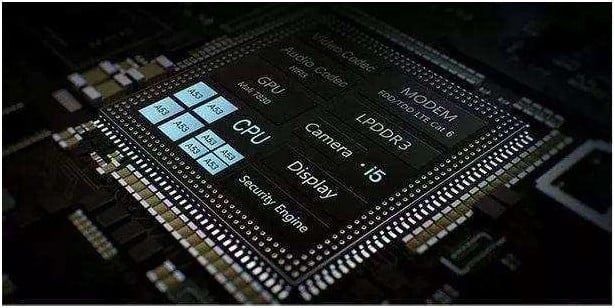
The processor is the “brain” of the chip, responsible for executing instructions and performing calculations. Memory stores data and instructions for the processor to access. Input/output interfaces allow the chip to communicate with other components or devices, such as sensors, displays, or other chips. As you know, graphics are responsible for image output. Modems manage Wi-Fi and Bluetooth connections. Imagine that all these functions are performed on a small monolithic chip.
To summarize, SoC refers to a type of microchip that integrates all the necessary components of the computer or other electronic system on a single chip. Its usage area is quite widespread. These systems, which bring everything together, find a place in many devices such as smartphones, tablets, IoT devices, consoles such as Nintendo Switch, PlayStation and Xbox, Raspberry Pi computers, Arduino cards and STEM kits. In addition, the number of laptops with SoC type processors is increasing day by day.
What is the advantage of SoC?
The key advantage of an SoC is its compact size and efficiency. By integrating multiple components onto a single chip, the resulting device can be much smaller and consume less power than a traditional circuit board with discrete components.
In contrast, traditional circuit boards often require multiple components, such as separate processors, memory chips, and input/output interfaces, that must be physically connected by cabling or other means. This can make the resulting device larger, less efficient, and more prone to errors/malfunctions.
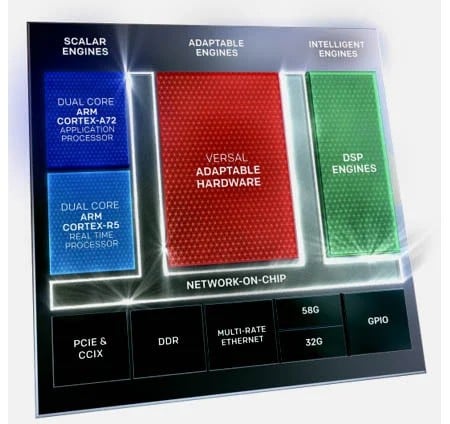
Overall, SoCs are a powerful and versatile technology that is transforming the way electronic devices are designed and manufactured. When multiple components are integrated onto a single chip, not only is the space smaller, but the tech world is actually spurred to further innovation. Engineers continue to push the boundaries of what is possible in the world of electronics.
How Does SoC Work?
So, how does an SoC work? When a user initiates a command on their device, the processor in the SoC reads the command and executes the corresponding task. The memory component stores data and programs and allows the processor to access them when needed. Input/output interfaces enable data transfer and communication by connecting the SoC to other devices or networks.
Manufacturing an SoC involves many different stages, including design, verification, and testing. Each stage is critical to ensure the final product is reliable and performs optimally.
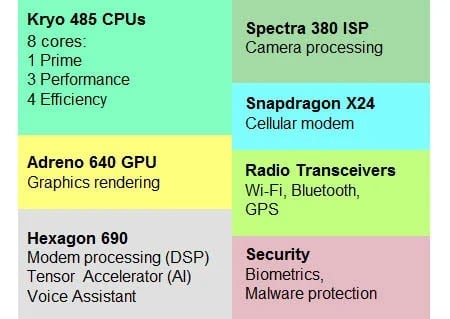
With the increasing popularity of IoT devices, the importance of SoCs has increased significantly. IoT devices require small, low-power, and cost-effective components, making SoCs an excellent choice. By integrating all necessary components into a single small chip, SoCs reduce the size and cost of IoT devices while increasing their performance and power efficiency.
A Brief History of Electronic Integration
The progress of electronics since the early 20th century has followed a predictable path in terms of two main trends: miniaturization and integration. Miniaturization has enabled individual electronic components, such as capacitors, resistors, and transistors, to become smaller over time. With the invention of the integrated circuit (IC) in 1958, integration enabled even greater miniaturization by combining multiple electronic components on a single piece of silicon.
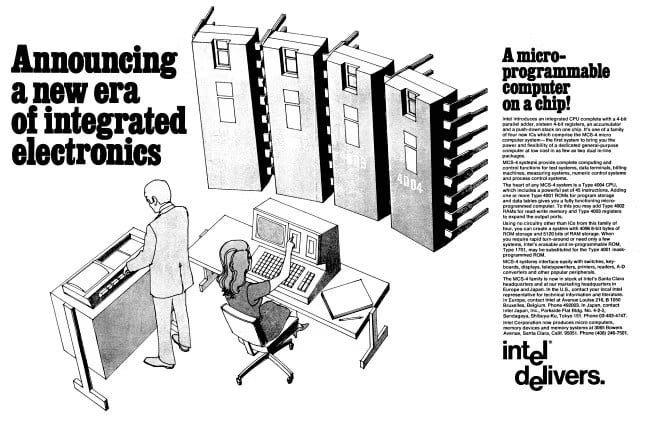
As this miniaturization of electronics occurred throughout the 20th century, computers also became smaller. The first digital computers consisted of large discrete components such as relays or vacuum tubes. Later discrete transistors were used, followed by integrated circuit assemblies. In 1972, Intel combined the elements of a computer’s central processing unit (CPU) into a single integrated circuit, and the first commercial, single-chip microprocessor was born. With microprocessors, computers could be smaller and use less power than ever before.
Microcontrollers and Systems on Chip
In 1974, Texas Instruments introduced the first microcontroller, a type of microprocessor in which RAM and I/O devices are integrated with the CPU on a single chip. Instead of needing separate ICs for the CPU, RAM, memory controller, serial controller, and more, they can all be placed on a single chip for small embedded applications such as pocket calculators and electronic toys.
In the history of the PC, using systems with chips with separate controllers, RAM and graphics units has always provided flexibility and created powerful personal computers. Microcontrollers were too limited to be good for general computing tasks, so the traditional method of using microprocessors with separate supporting chips continued.
Recently, as the popularity of smartphones, tablets and portable computers has increased, the trend has moved integration further than microprocessors or microcontrollers. As a result, systems-on-a-chip are now capable of incorporating many modern computer components in addition to the CPU and system memory.

